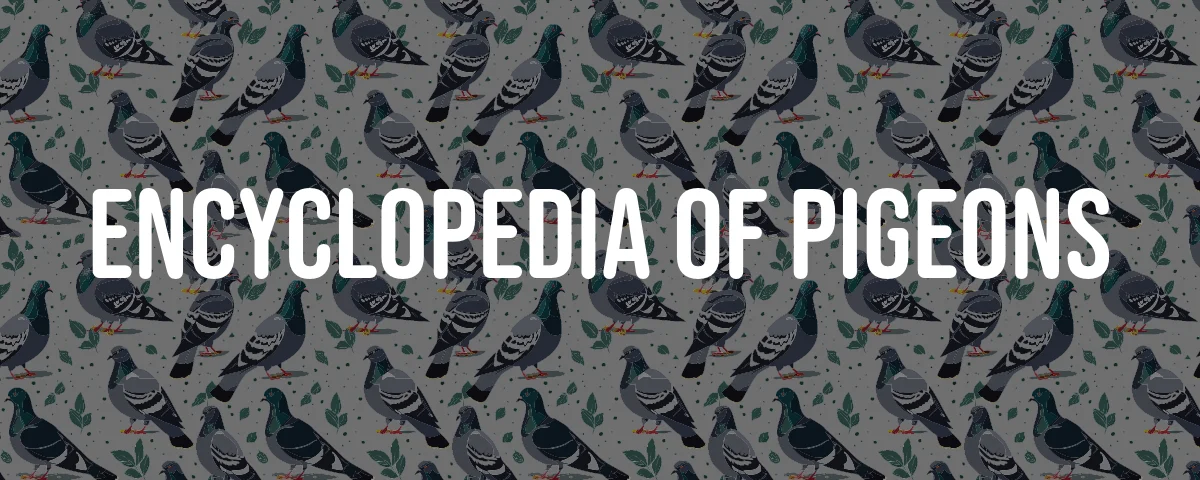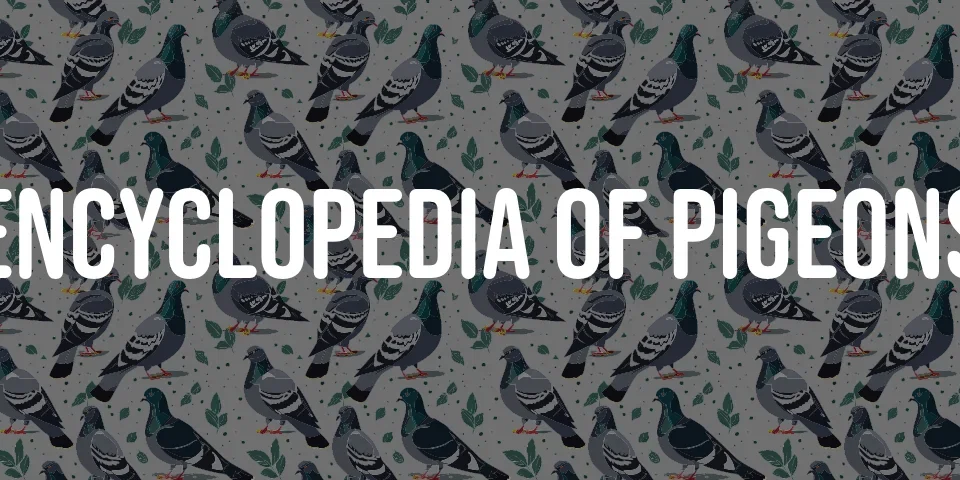The Sverdlovsk Blue-Gray Mottle-Headed Pigeon is a distinctive breed of domestic pigeon known for its unique coloration and flying abilities. This breed is primarily found in the Ural region of Russia and is appreciated for its appearance as well as its performance in flight.
Origin and History
The Sverdlovsk Blue-Gray Mottle-Headed Pigeon originates from solid blue-gray and blue-craw pigeons. It is a breed that has been developed and refined over time, with a focus on both its physical characteristics and its flying capabilities. This breed is a testament to the long-standing human interest in breeding pigeons for both aesthetic and functional traits.
Physical Characteristics
The Sverdlovsk Blue-Gray Mottle-Headed Pigeon is a medium-sized bird with a solid body structure and well-developed pectoral muscles, indicative of its flying breed status. The wings are strong and rest on the tail, which is tightly closed and consists of 12 feathers, each 30-40 mm wide. The tail and back form a straight line, contributing to the streamlined body shape that aids in flight.
Head and Neck
The head of the Sverdlovsk Blue-Gray Mottle-Headed Pigeon is oval and of medium size, with a wide and slightly prominent forehead. The neck is short and strong, without flexure, supporting the head and contributing to the bird’s overall robust appearance.
Eyes and Beak
The eyes of this pigeon are light-colored, with a redness in the iris, while the beak is also of medium size, light-gray, and tightly closed. The cere, which is the soft skin at the base of the beak, is small, prolate, and smooth.
Legs and Feet
The legs and feet are of medium size, with crimson-colored skin and gray claws. The metatarsus to heel length ranges from 2.5 to 3.5 cm, supporting the bird’s body adequately for both standing and taking off in flight.
Color and Pattern
The breed’s name comes from its distinctive color and pattern. The head is patterned white down to the middle of the neck with color marks, while the rest of the body is blue-gray. The wing flaps feature two dark stripes, and the tail is blue-gray with a dark stripe at the edge.
Flying Quality
The Sverdlovsk Blue-Gray Mottle-Headed Pigeon is capable of flying for 3–6 hours at high altitudes. They may fly in a flock or keep separately in the air, and they open their tail when flying, which is a characteristic feature of this breed. The flight is described as smooth, which is a desirable trait in flying pigeon breeds.
Breed Standards and Defects
Breed standards for the Sverdlovsk Blue-Gray Mottle-Headed Pigeon include a narrow or slightly faceted head, red eyelid, yellow (straw-colored) eye, and a hazel hue in the stripes and flight feathers. Impermissible defects that are not accepted in the breed standard include red (savage) eye, different eyes, weak speckling of the head, white-colored feathers in parts of the body other than the head, feathering of the legs, and somersaulting in the air.
Key Data Table
| Feature | Description |
|---|---|
| Origin | Ural region of Russia |
| Size | Medium-sized |
| Body Structure | Solid with well-developed pectoral muscles |
| Head | Oval, medium-sized, white with color marks |
| Eyes | Light-colored with redness in the iris |
| Beak | Medium-sized, light-gray |
| Neck | Short, strong |
| Chest | Wide, strong, well-developed |
| Back | Wide, straight |
| Wings | Strong, tight against the body |
| Tail | Tightly closed, 12 feathers wide |
| Legs and Feet | Medium-sized, crimson-colored |
| Color | Blue-gray to blue |
| Pattern | White head with color marks, dark stripes on wings and tail |
| Flying Ability | Capable of 3–6 hours of high-altitude flight |
| Defects (Permissible) | Narrow head, red eyelid, yellow eye, hazel hue in stripes |
| Defects (Impermissible) | Red eye, different eyes, weak head speckling, feathering of legs, somersaulting in flight |
Interesting Facts
- The Sverdlovsk Blue-Gray Mottle-Headed Pigeon is known for its endurance in flight, capable of sustained periods of flying at high altitudes.
- This breed is kept for its flying abilities and is also appreciated for its unique appearance, making it a popular choice for pigeon fanciers.
- The breed’s ability to fly for long durations makes it an interesting subject for those studying avian endurance and flight dynamics.





